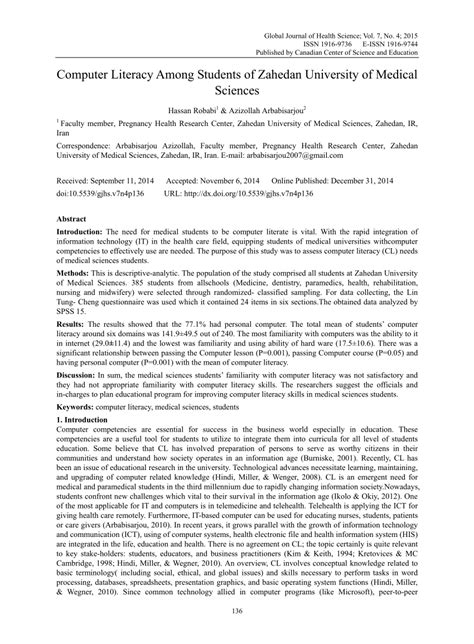The debate over the proficiency of Computer Science (CS) graduates in using version control systems like Git has gained considerable attention recently. Many professionals in the tech industry have expressed frustration that new hires often lack familiarity with basic Git commands. This raises a larger question: should Git and other version control systems be an integral part of a Computer Science curriculum, or are they tools that should be self-learned as part of professional development?
One of the main arguments against including Git training in formal Computer Science education is that CS degrees are designed to teach foundational concepts rather than specific tools that may change over time. The sentiment, echoed in various conversations, suggests that knowing how to code and understand complex algorithms is more crucial from an academic perspective. The tools of the trade, such as Git, can be learned on the job, especially since they tend to evolve constantly, making it impractical to keep curriculums up-to-date with every new development.
On the flip side, many argue that understanding version control systems like Git is essential in modern software development. Git is not just a ‘fad’ but a critical component of collaborative coding environments. Source control systems help multiple developers work on the same codebase without overwriting each other’s changes, thus making it easier to manage and track code development. Without this knowledge, new CS graduates may find themselves at a significant disadvantage in real-world coding environments.
Comments from experienced professionals indicate that version control should be as fundamental as learning data structures or algorithms. For instance, using Git commands to rollback changes, view file history, and branch off features are likened to basic skills such as ambidextrous dribbling in basketball—necessary for achieving basic competency. These skills enable better collaboration and project management, which are indispensable for software engineering.
It’s noteworthy that some universities are starting to incorporate practical tools like Git into their coursework. Courses such as MIT’s “Missing Semester of Your CS Education” cover essential development tools, including Git, shell scripting, and makefiles. These programs aim to bridge the gap between theoretical computer science education and practical software engineering application. Having such courses embedded within a CS degree could help provide a more balanced education, ensuring students are prepared for both theoretical and practical aspects of computing.
An interesting point of view shared in discussions is that while elite colleges may produce students with exceptional theoretical knowledge, this doesn’t always translate into better practical skills. In some cases, highly educated graduates from top-tier universities like Stanford and Harvard may lack practical experience with tools like Git. This could be because these institutions focus heavily on advanced topics and may not emphasize rudimentary but practical skills. In contrast, students from more technically focused programs might have better hands-on experience with such tools.
Furthermore, the evolving landscape of technology brings forth new tools and methodologies at a rapid pace. For example, containerization and orchestration tools like Docker and Kubernetes have become ubiquitous in the industry. Yet, these were not part of the curriculum for many currently working professionals. The ability to continuously learn and adapt to new tools is a crucial skill for any software engineer. Thus, expecting graduates to be immediately proficient in every real-world tool may be unreasonable. Instead, interview processes can focus on a candidate’s ability to quickly learn and adapt.
Ultimately, the debate often circles back to the broader question of what a Computer Science degree should entail. Should it be strictly about the science behind computing, or should it also cover applied skills that are immediately beneficial in a professional setting? It seems a balance needs to be struck. Including some form of practical training, especially around ubiquitous tools like Git, while maintaining a strong foundation in theoretical concepts could create a more well-rounded educational experience for CS students. This, in turn, could ease their transition from academia to the professional world, benefiting both the graduates and the organizations that hire them.


Leave a Reply